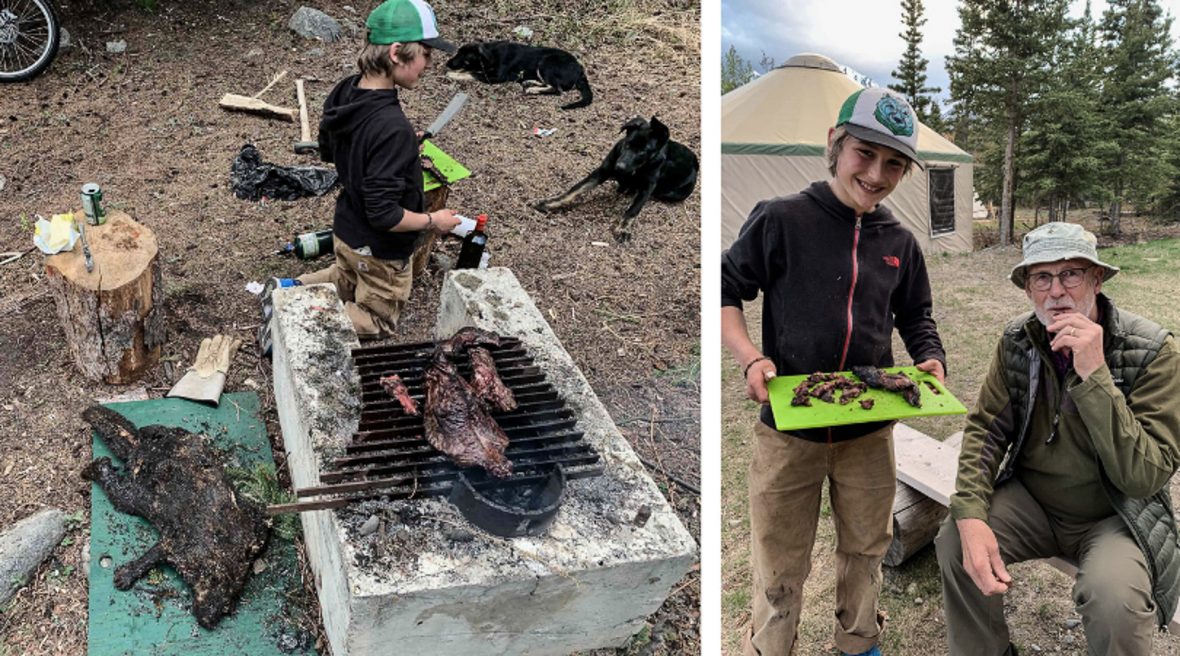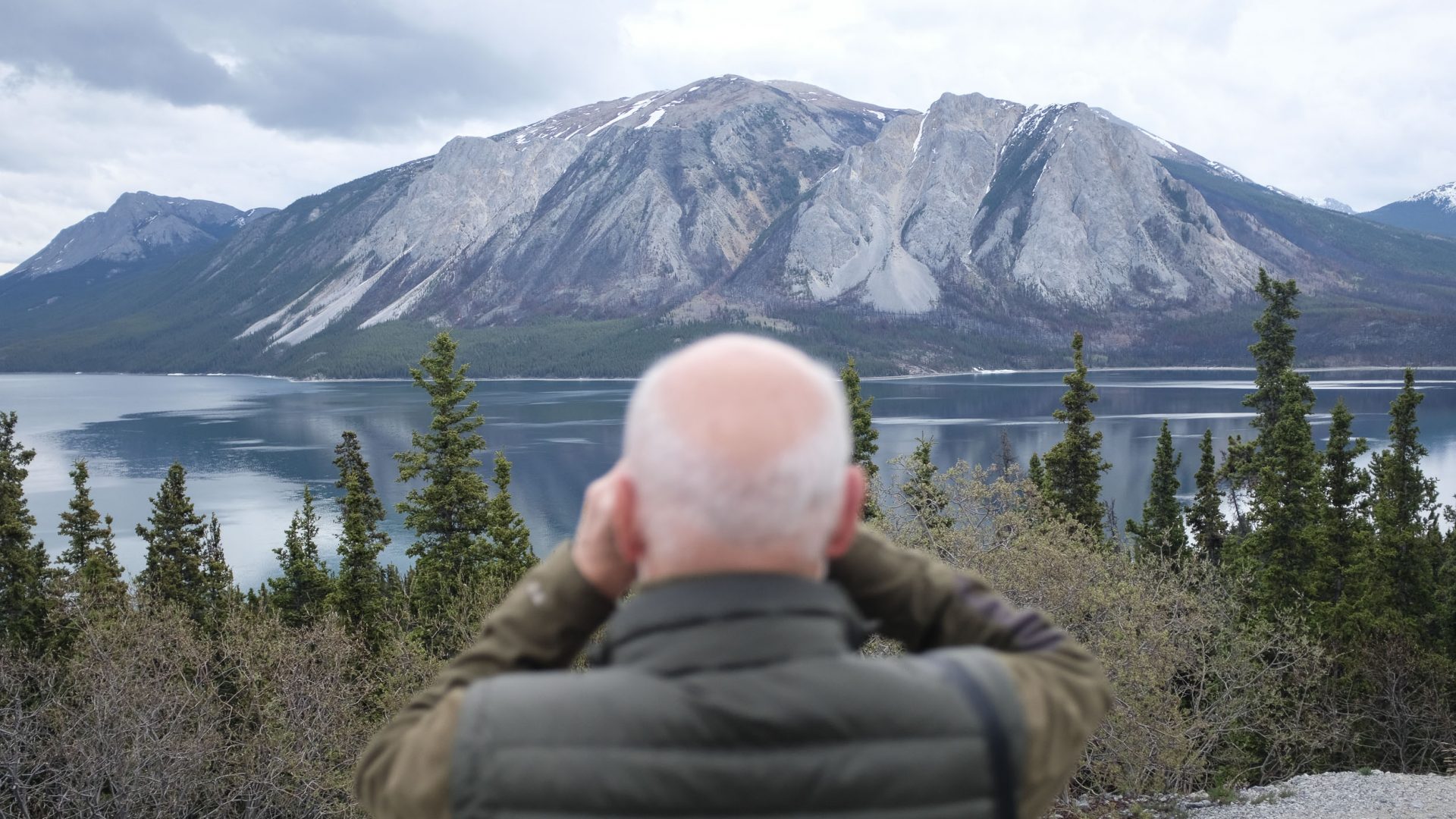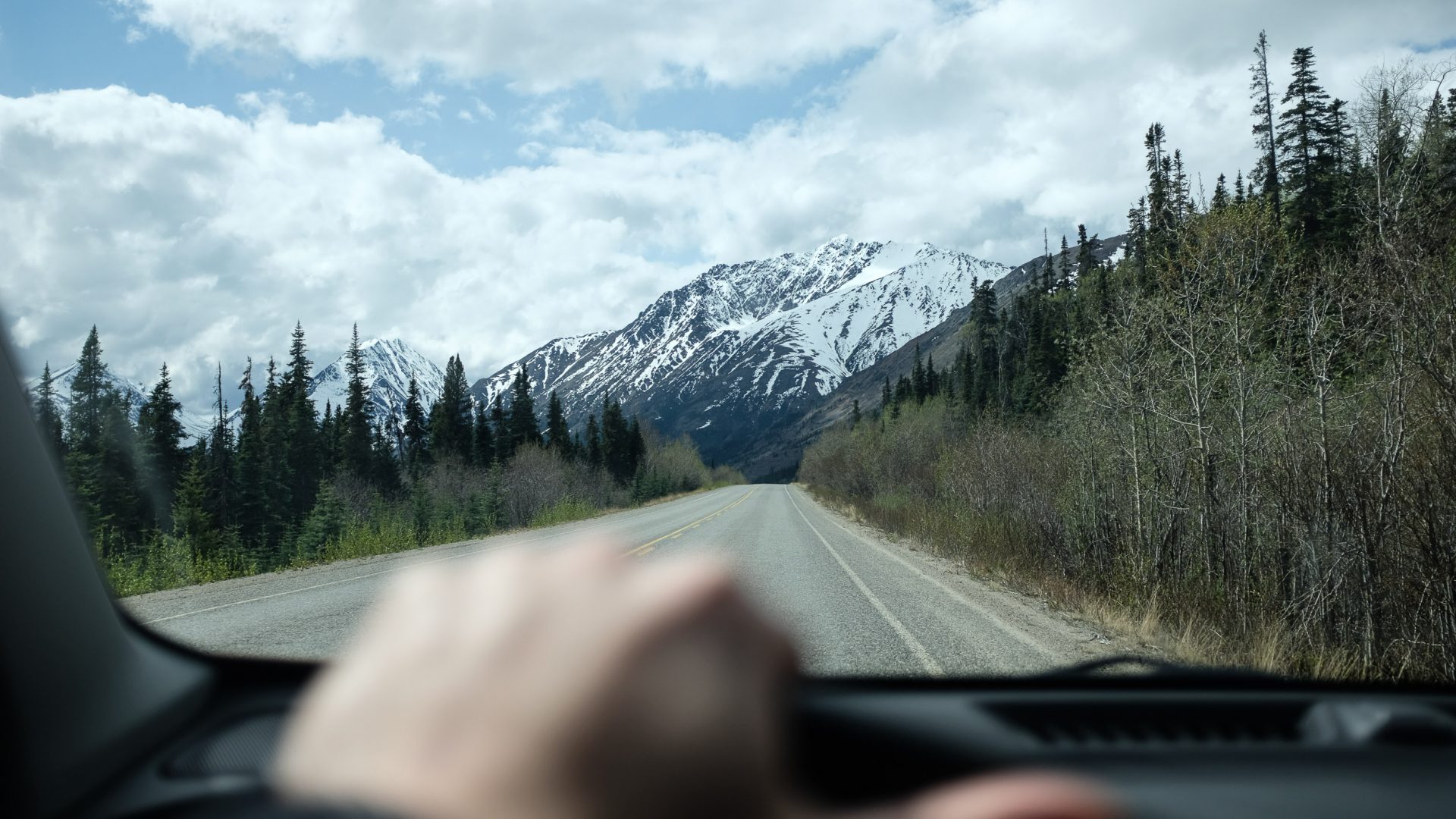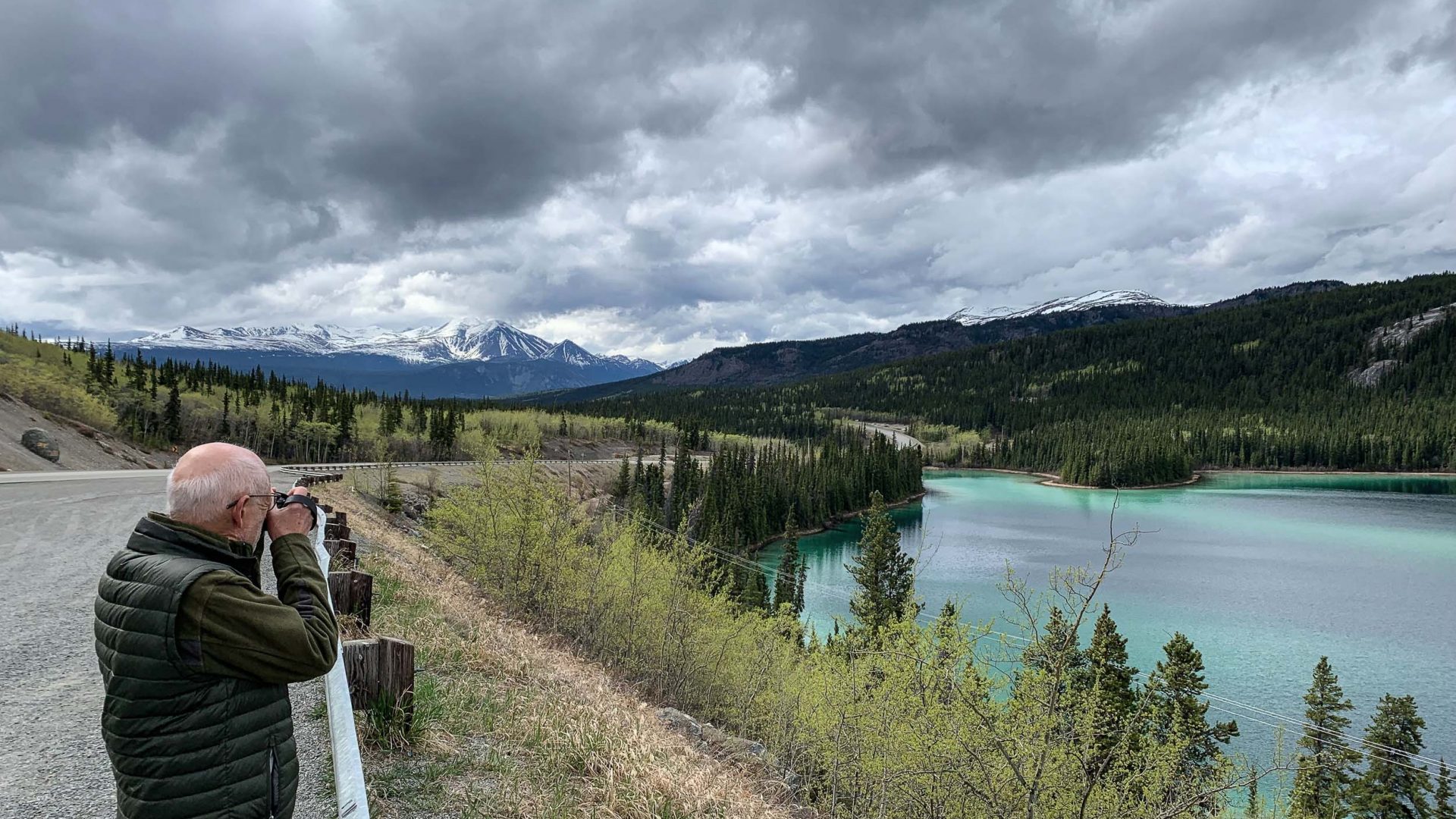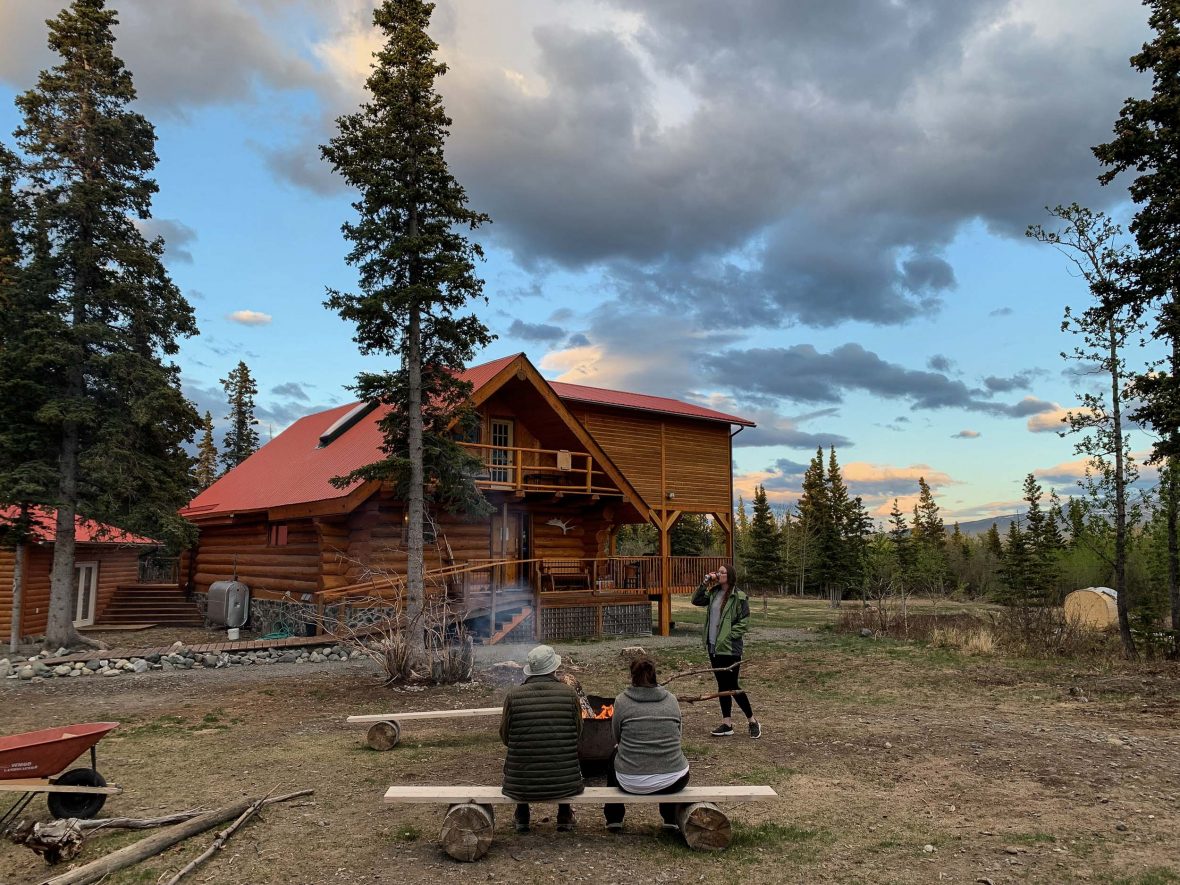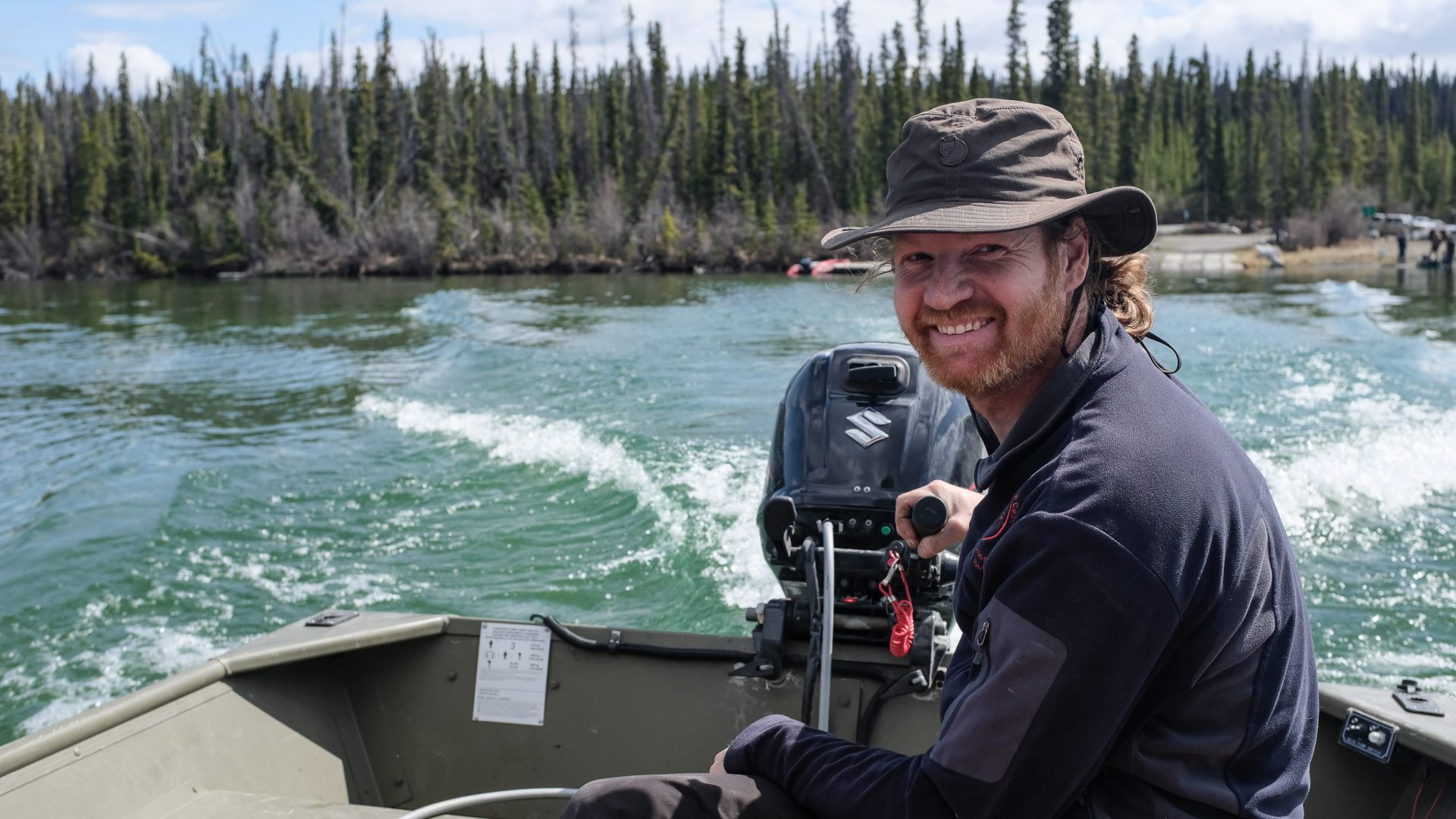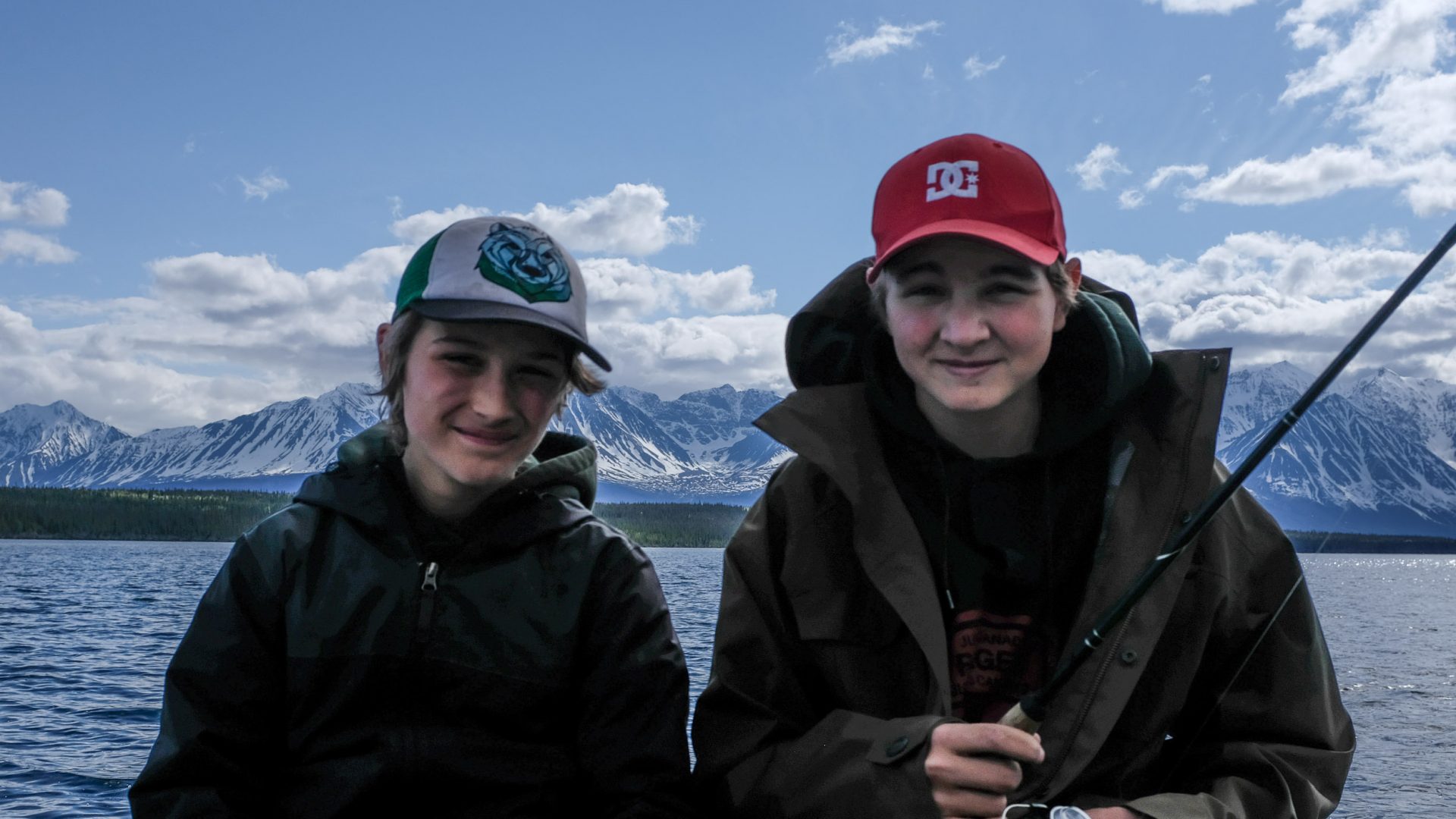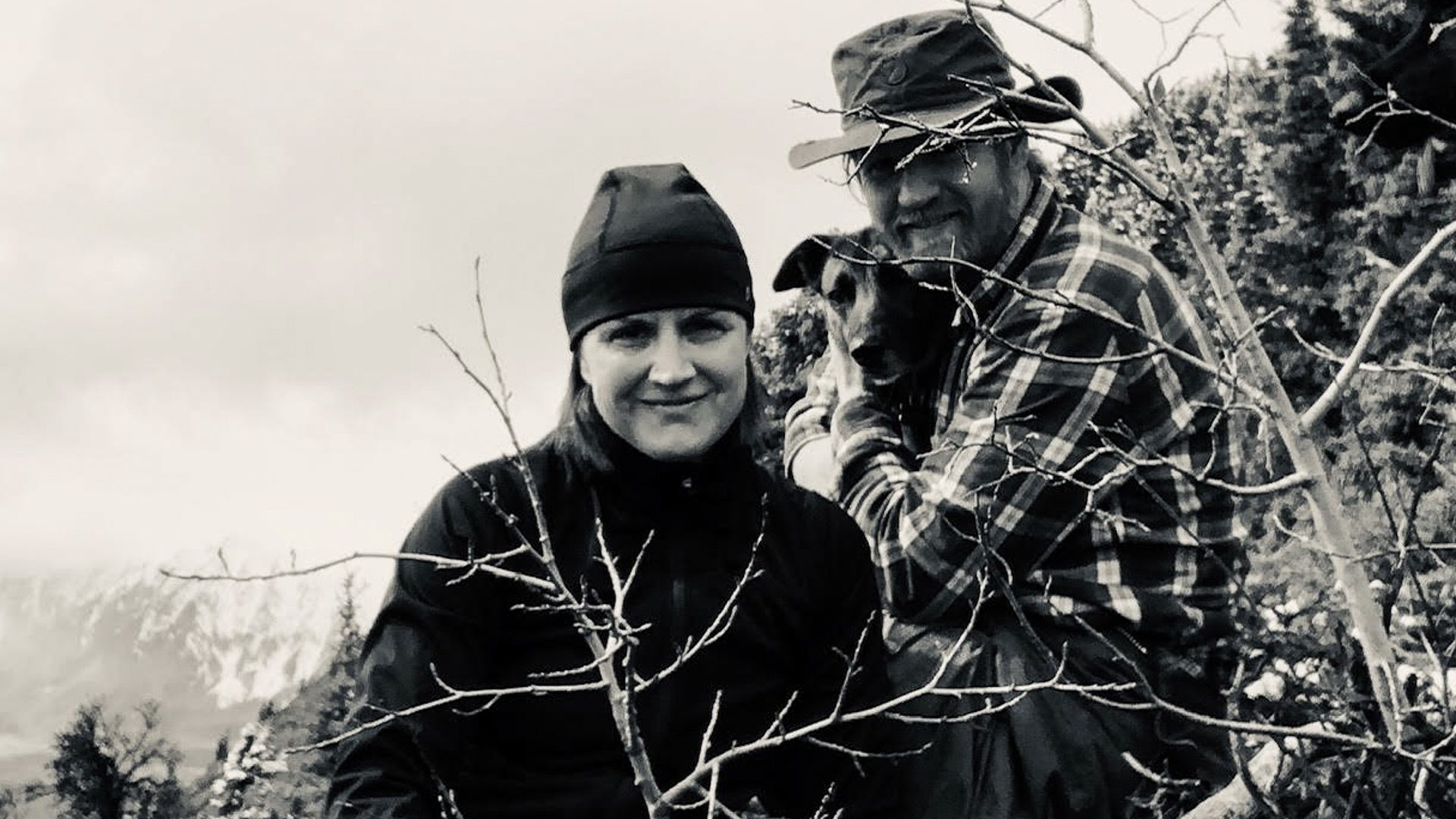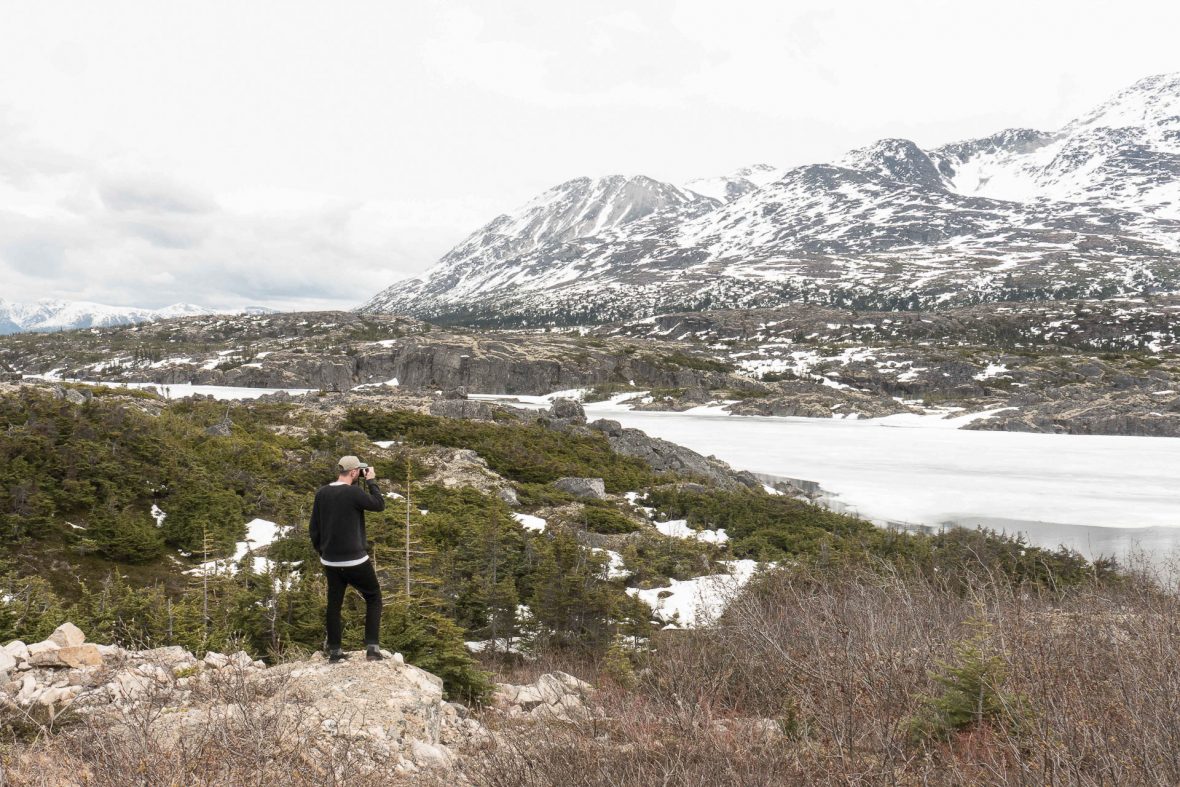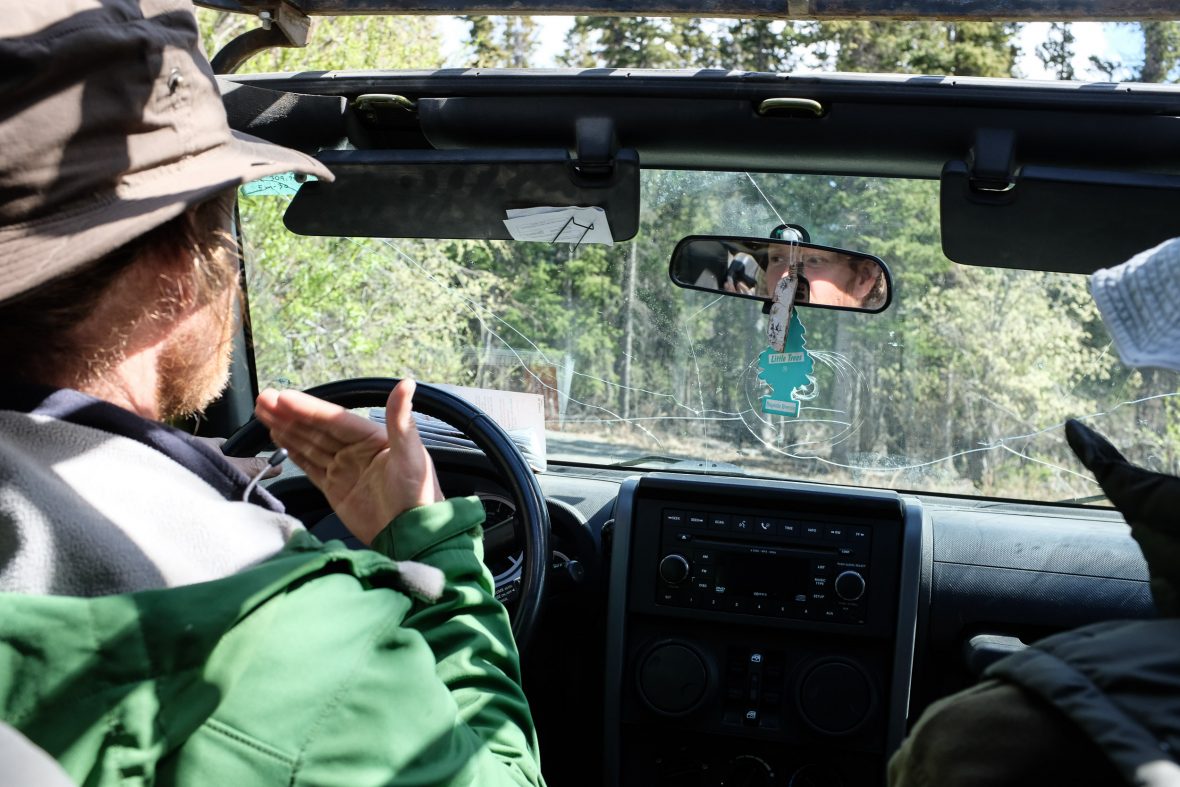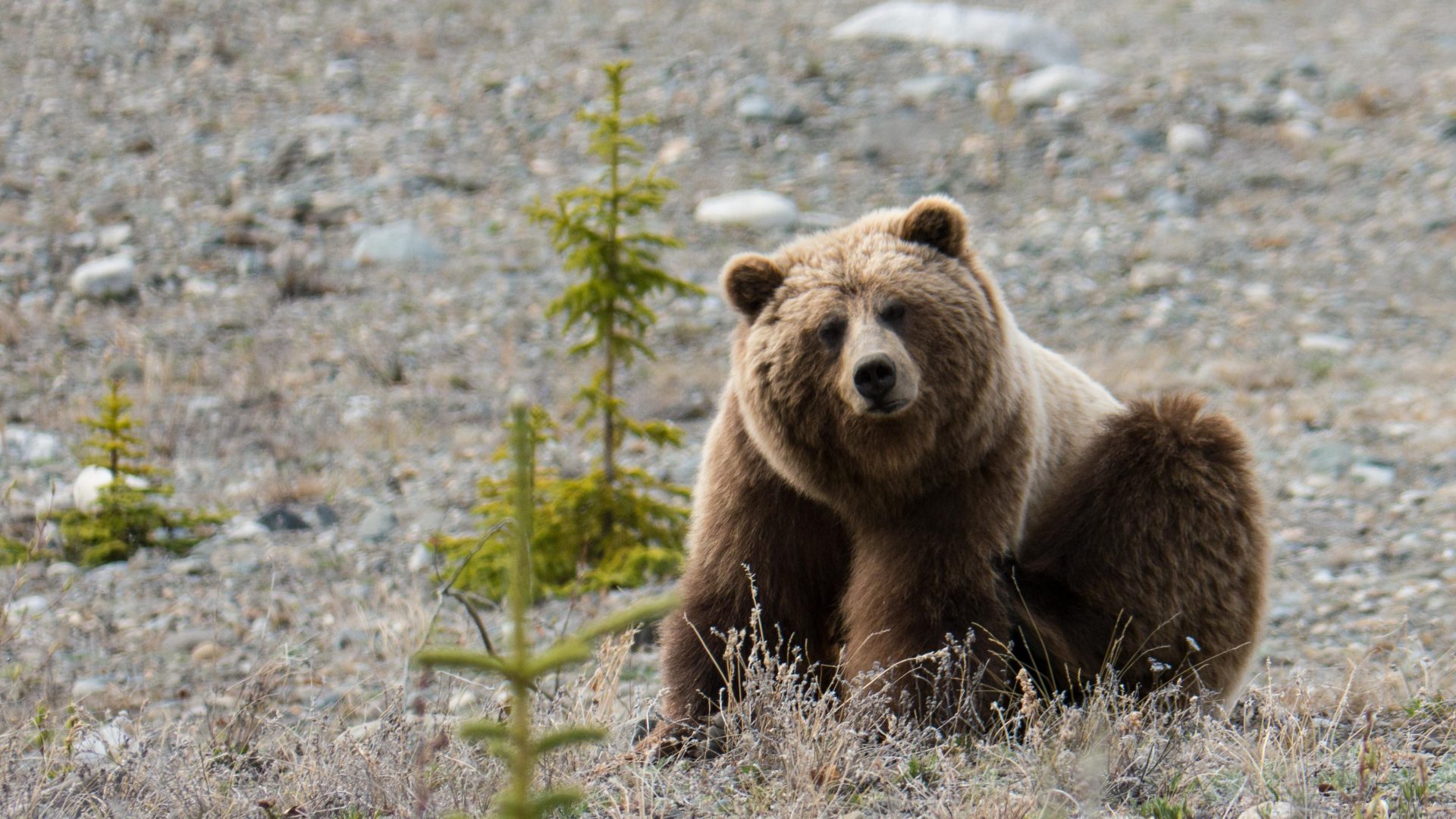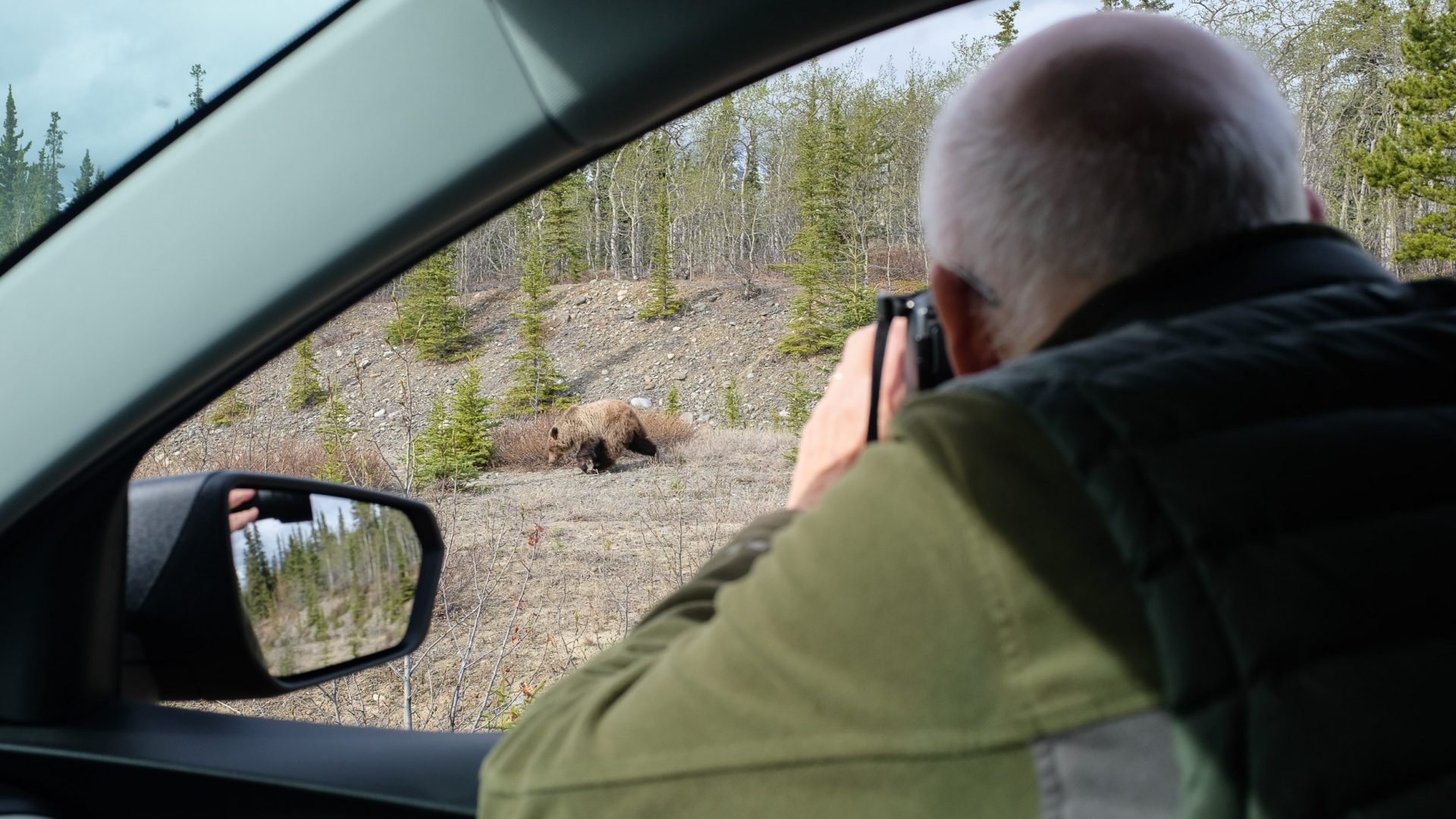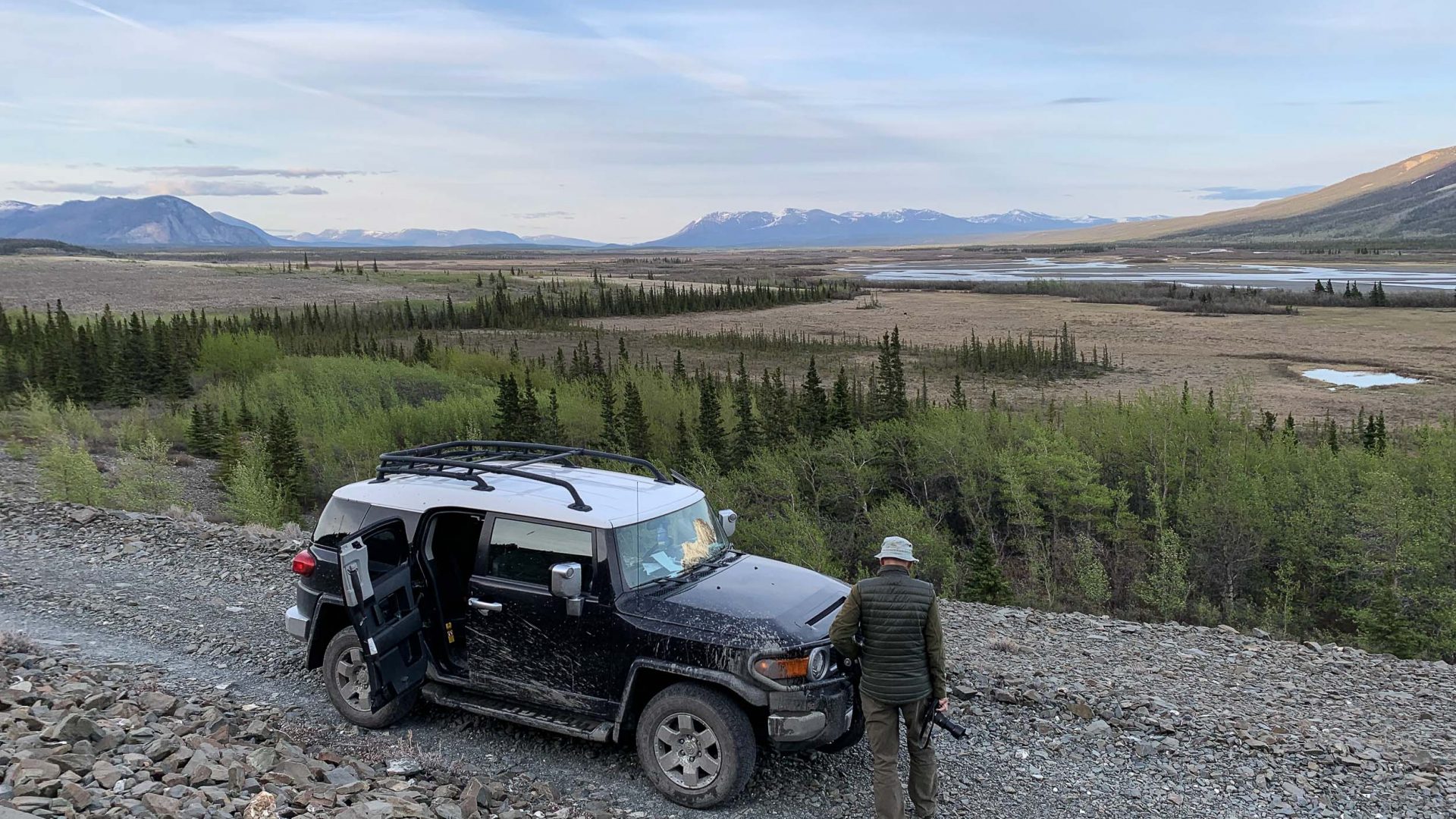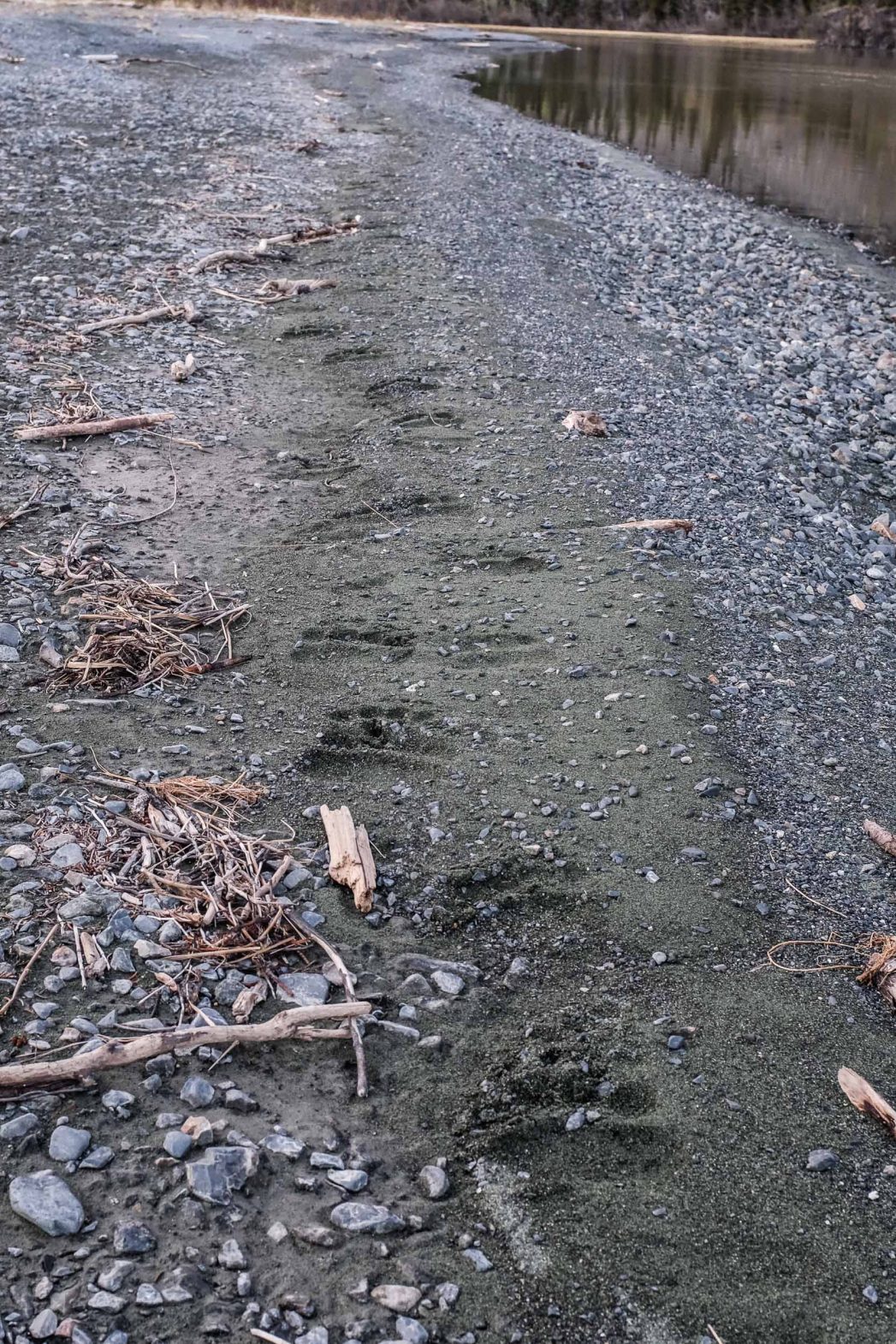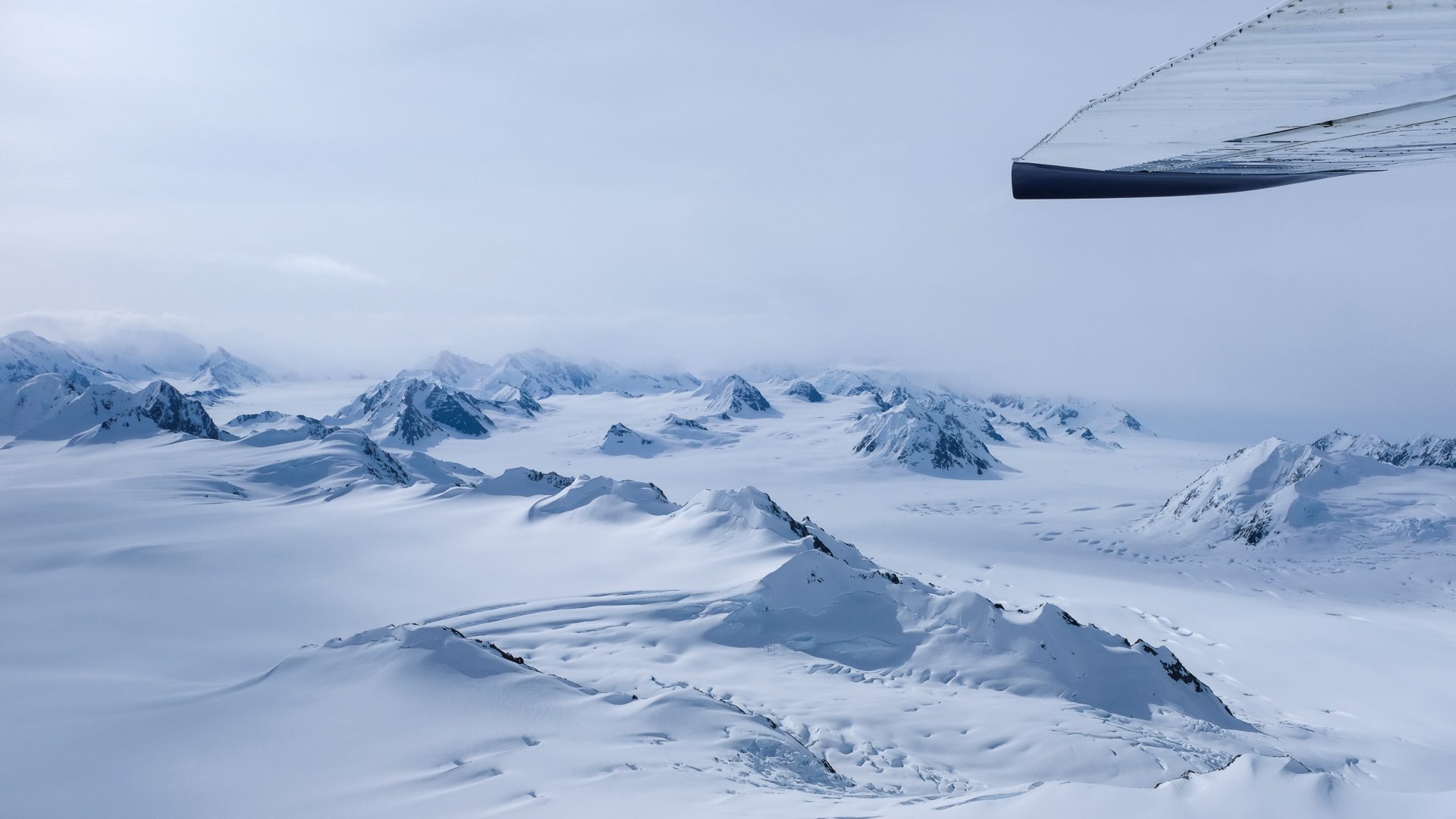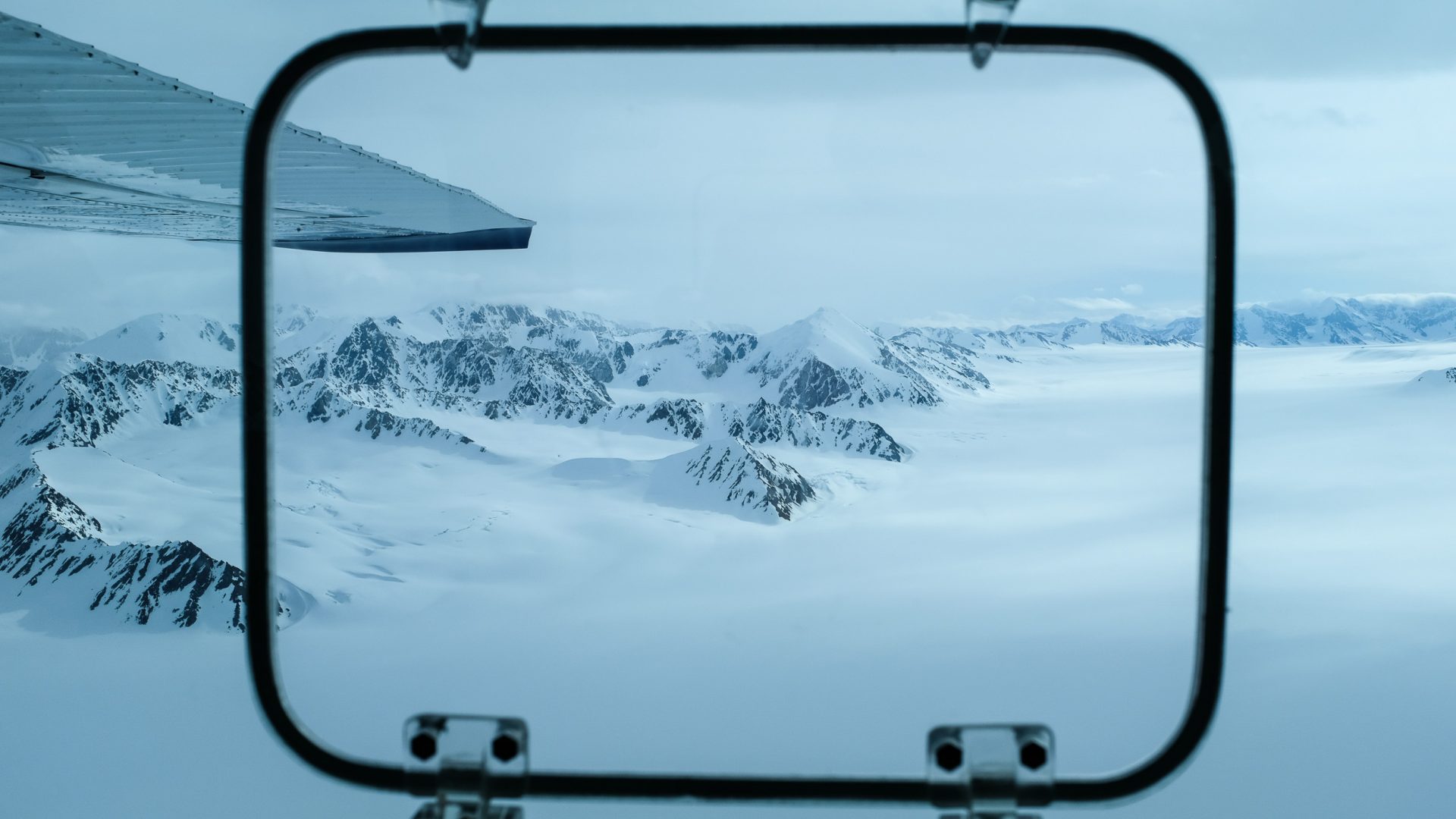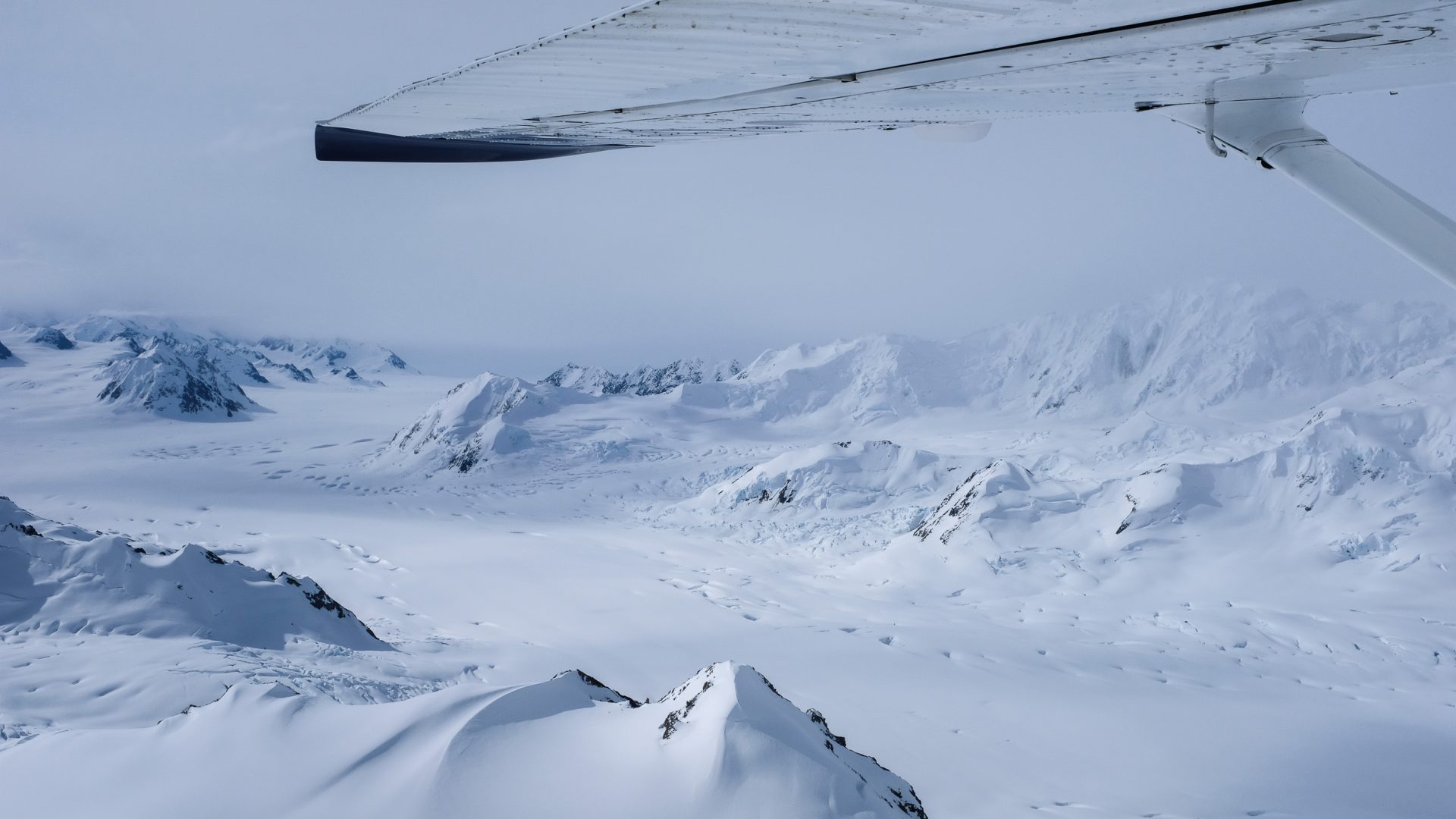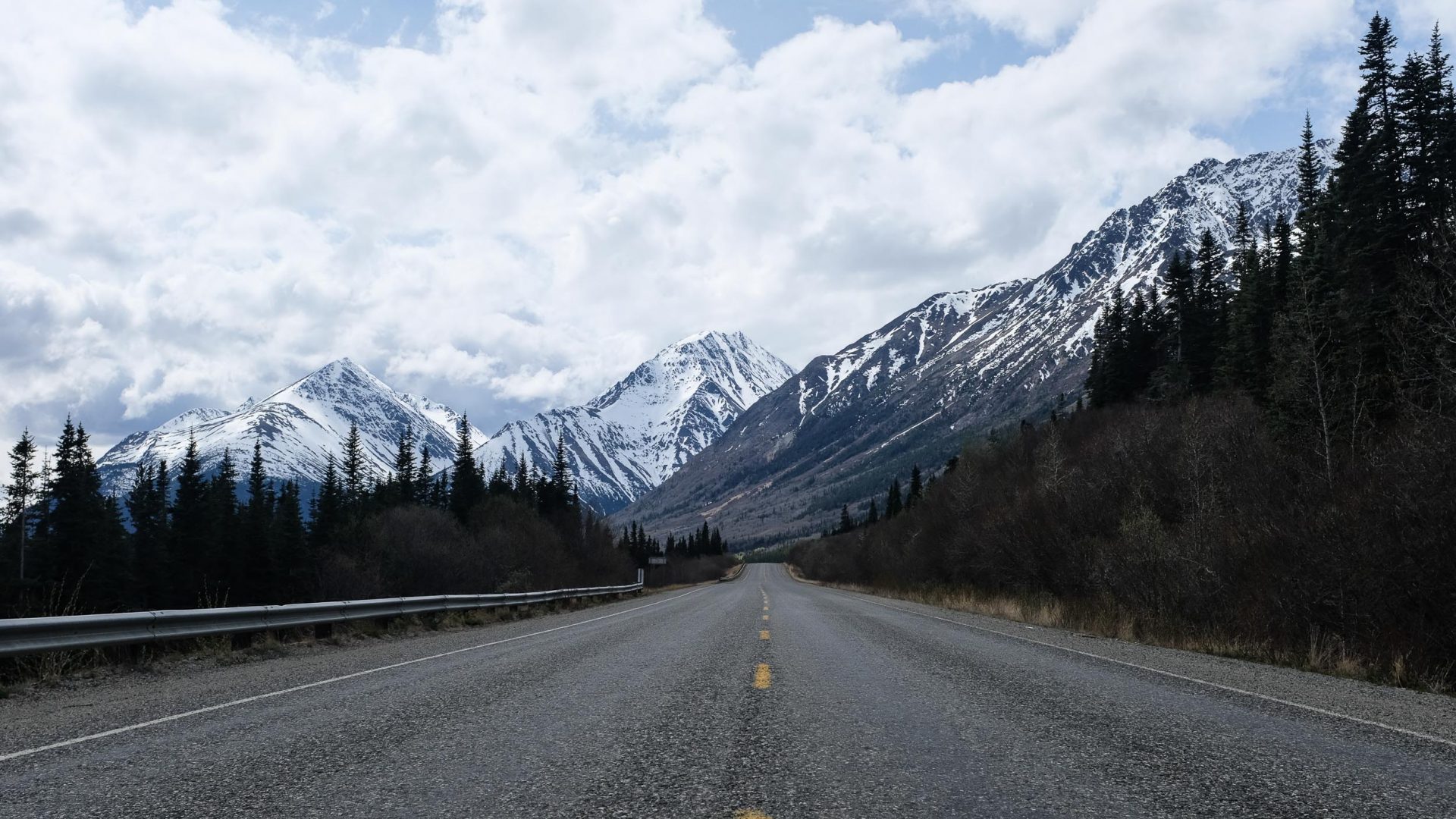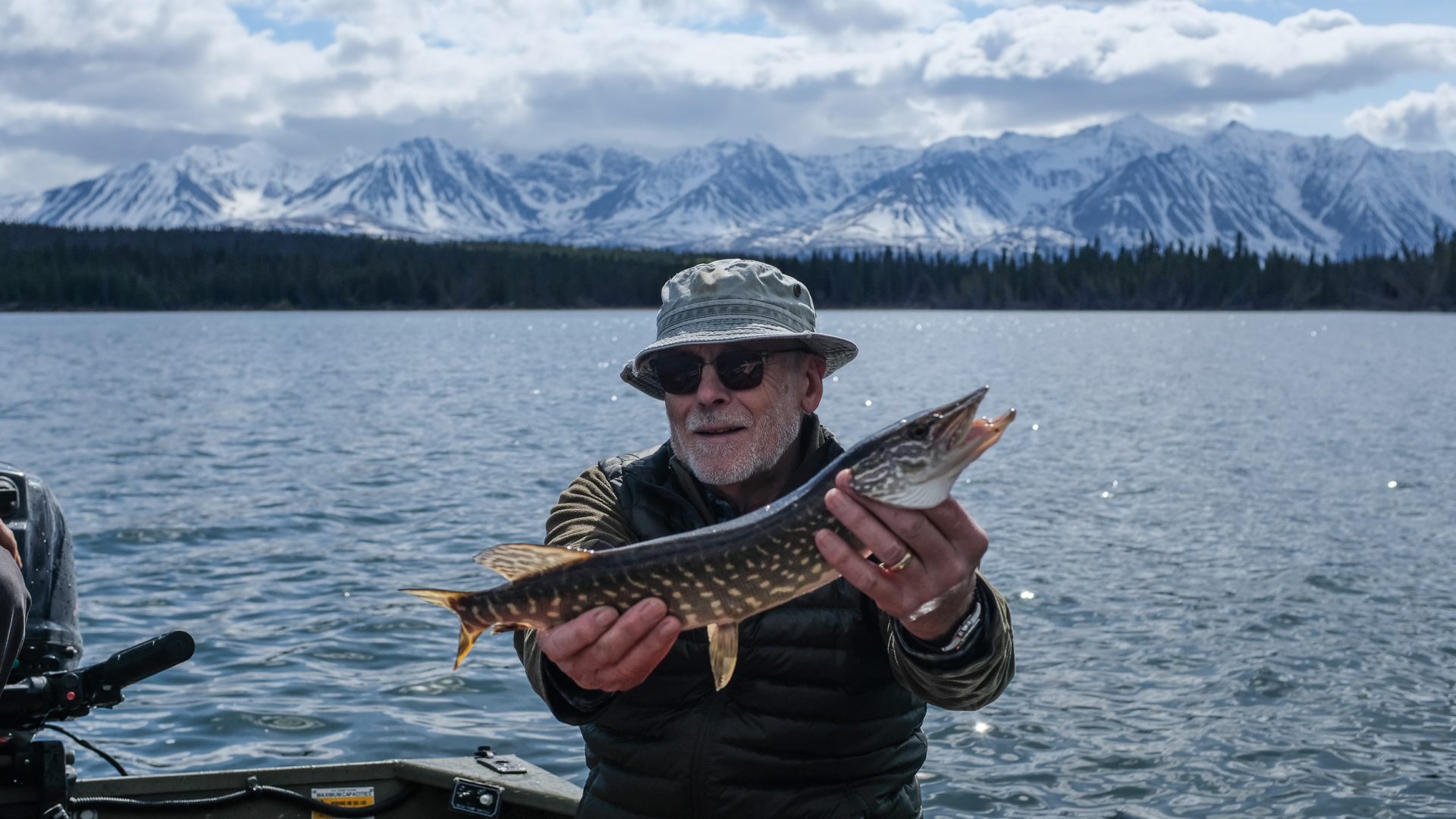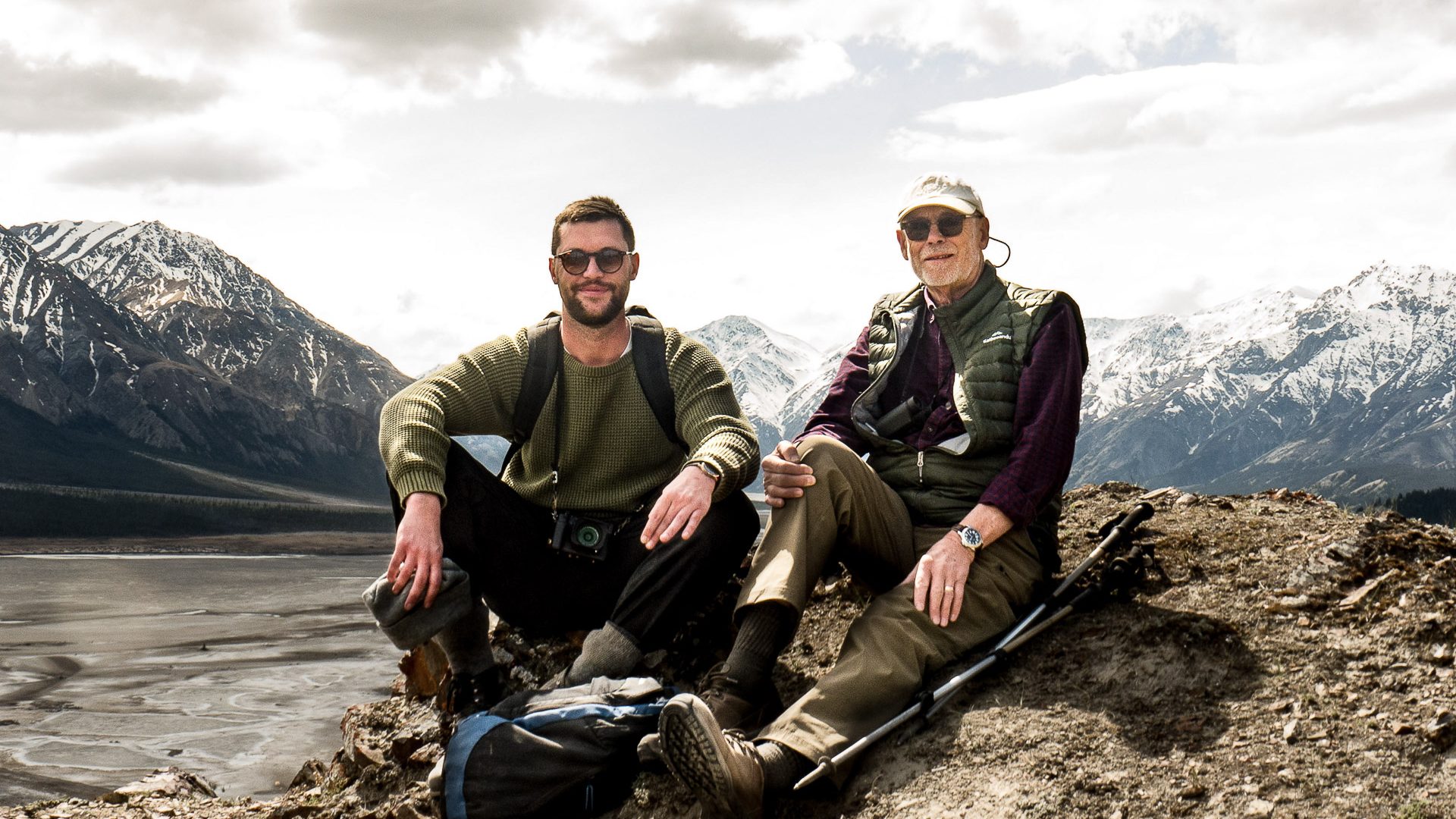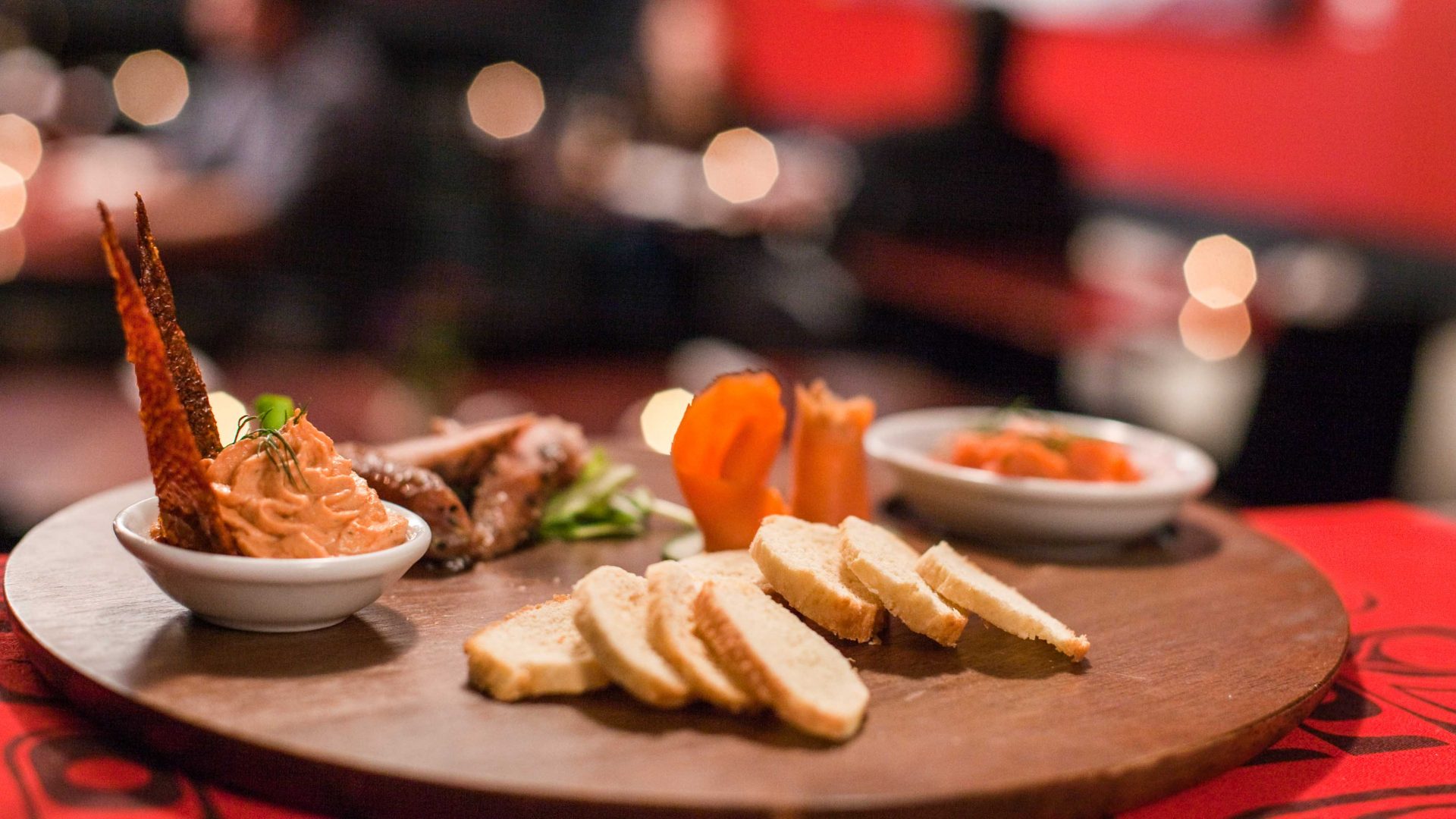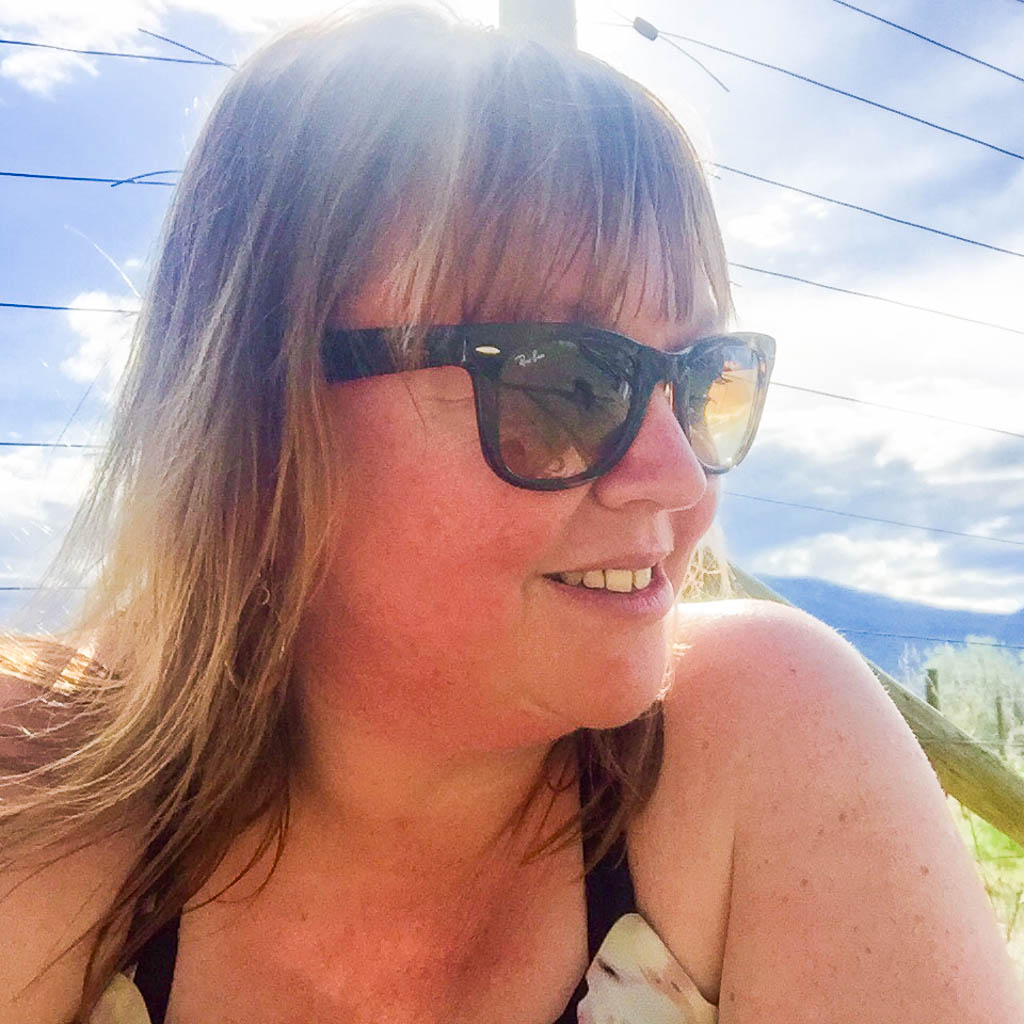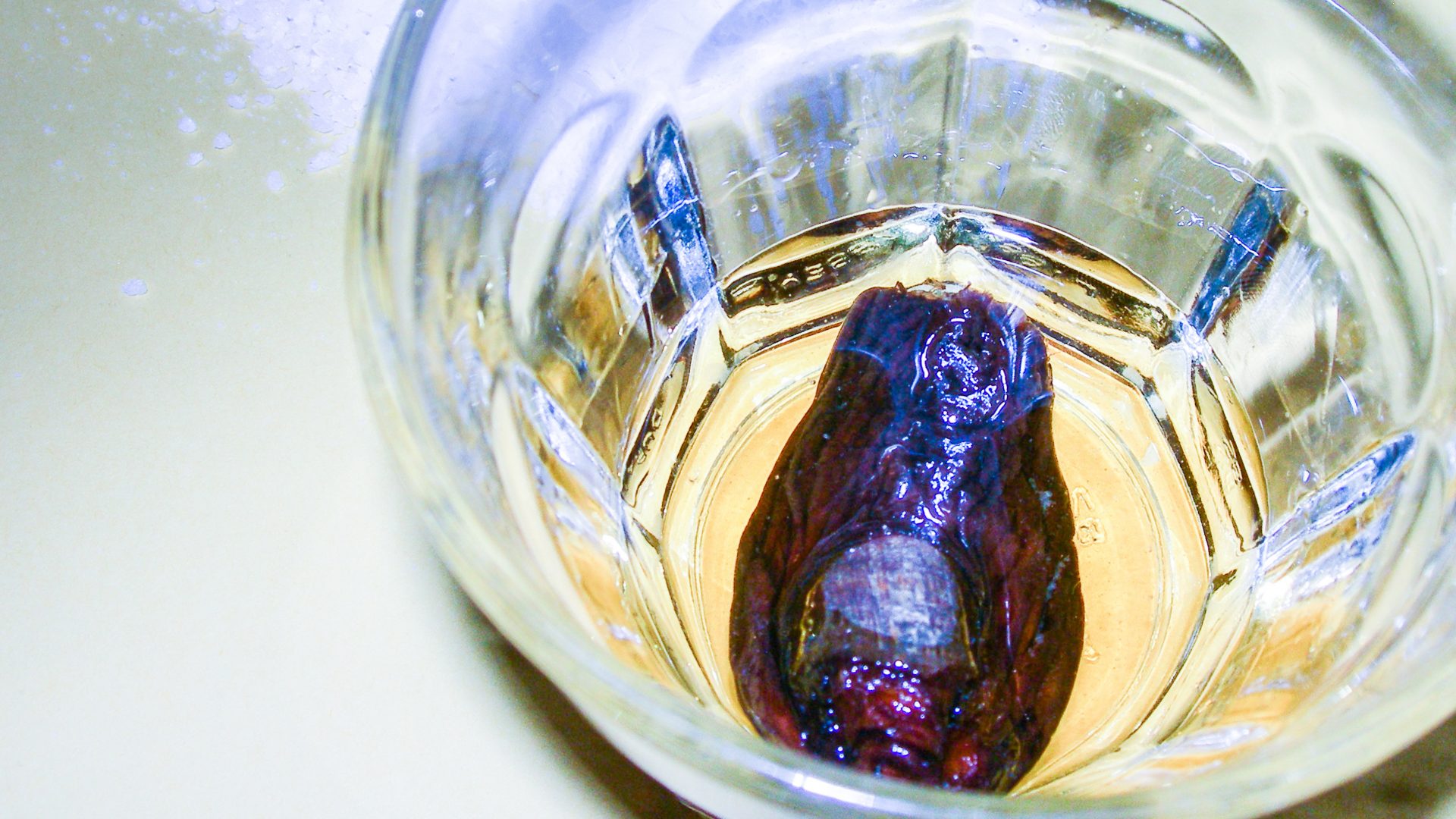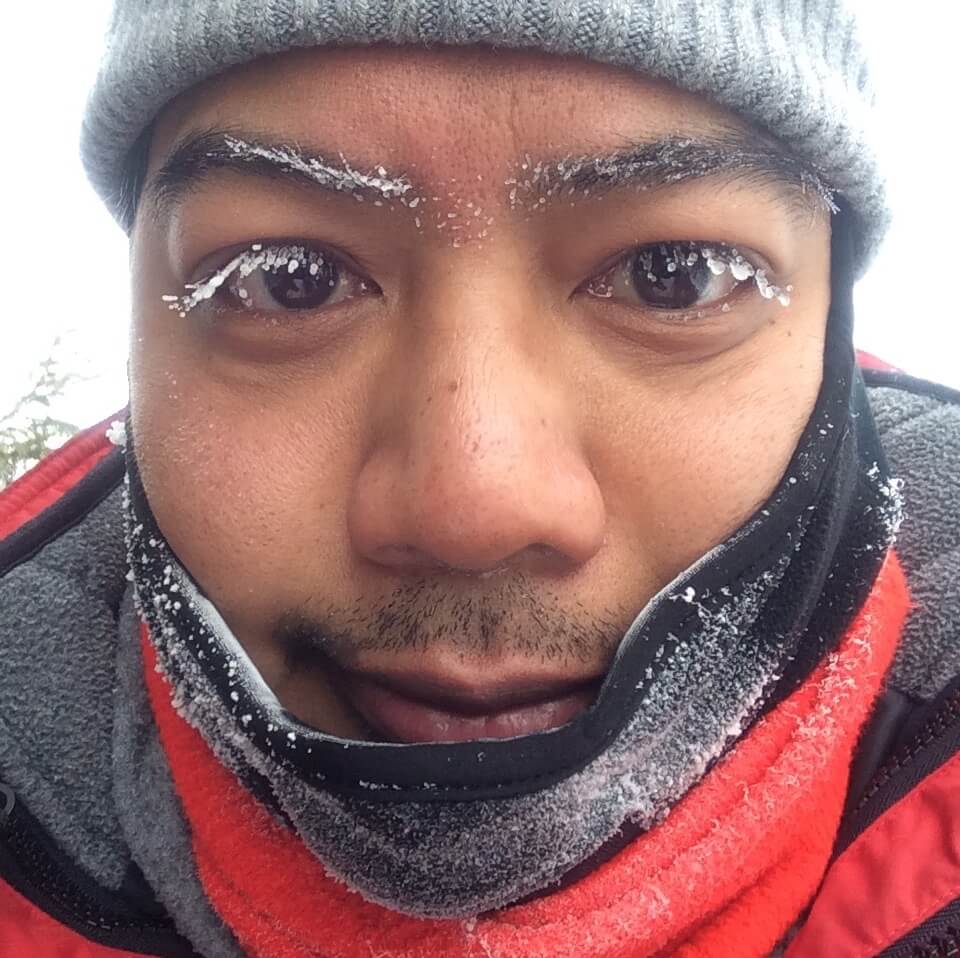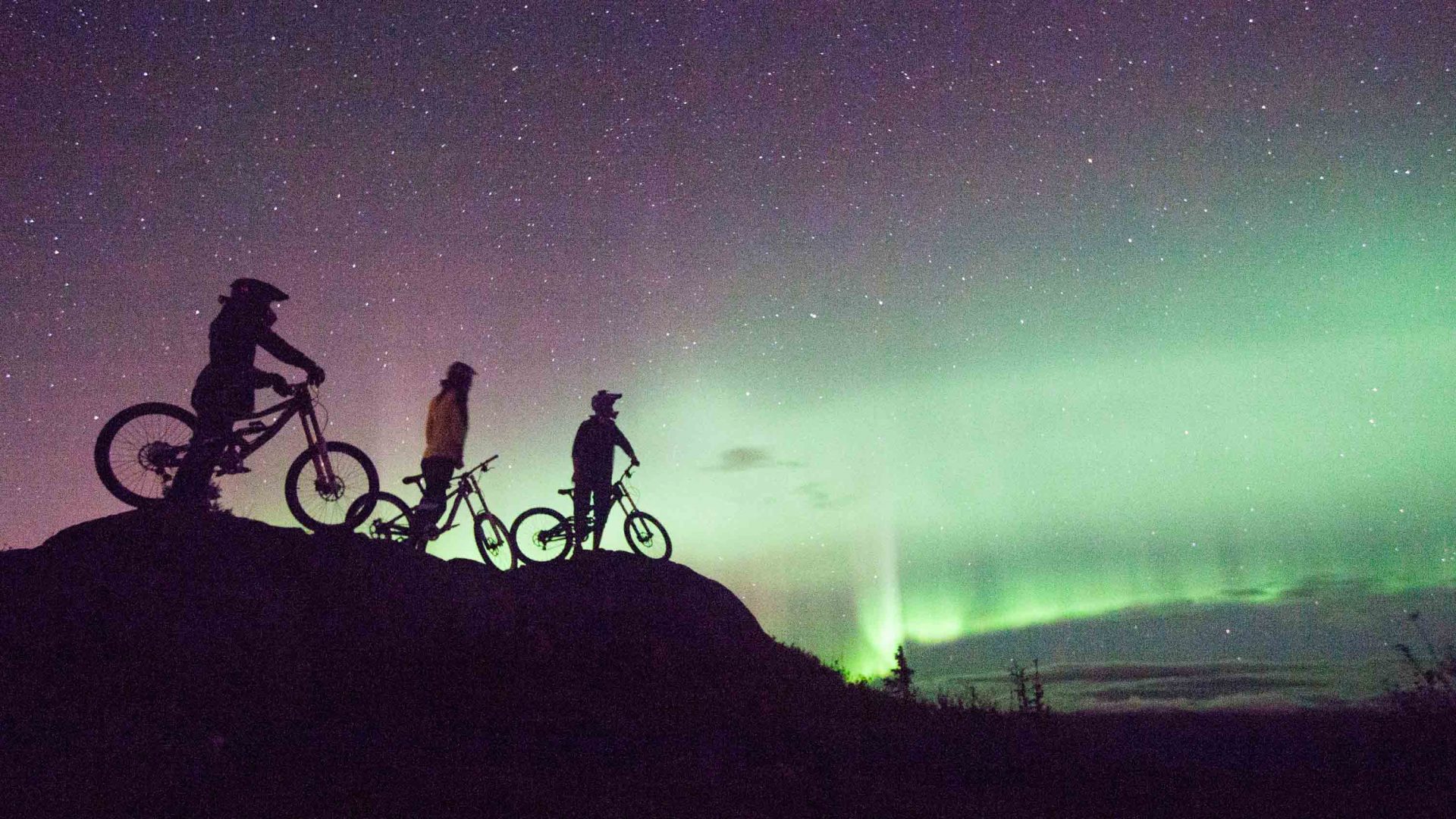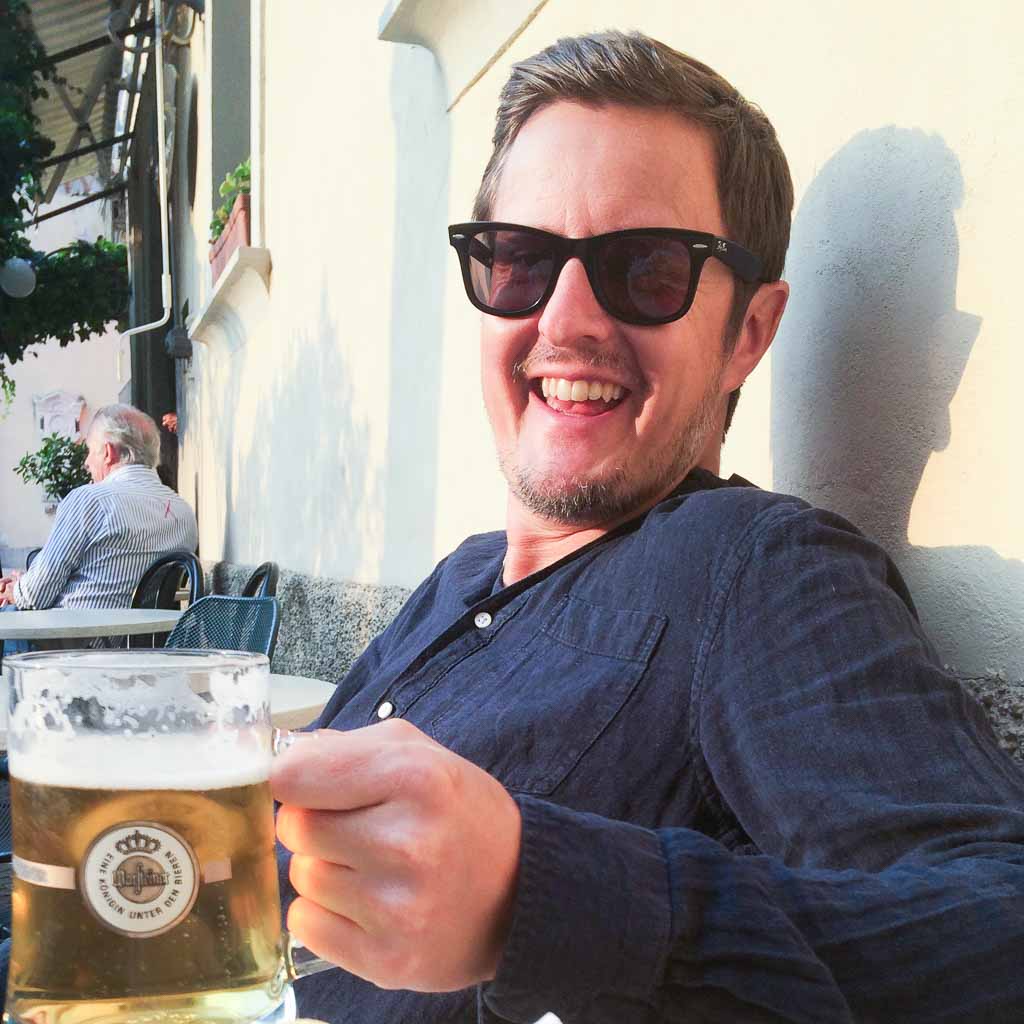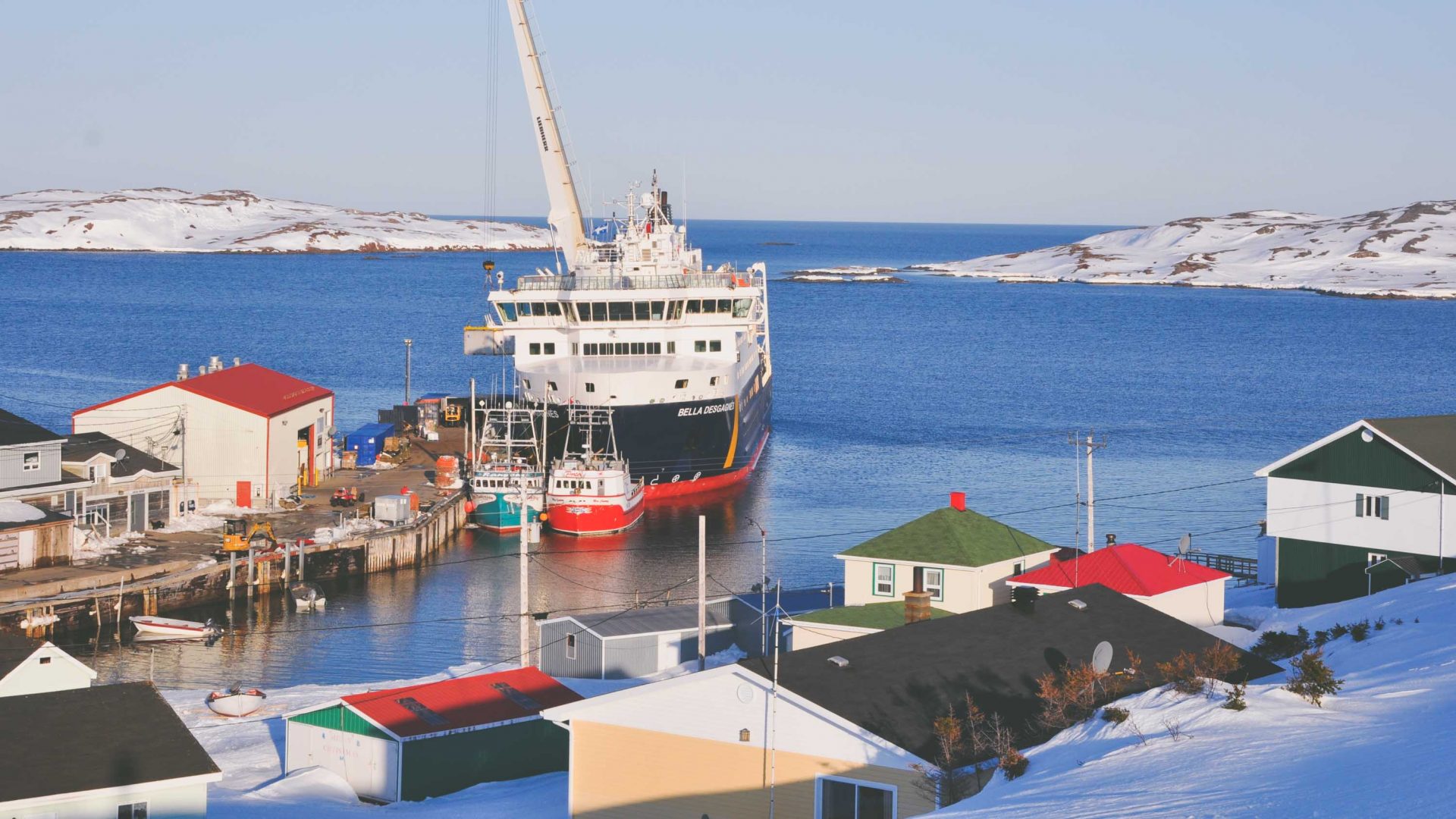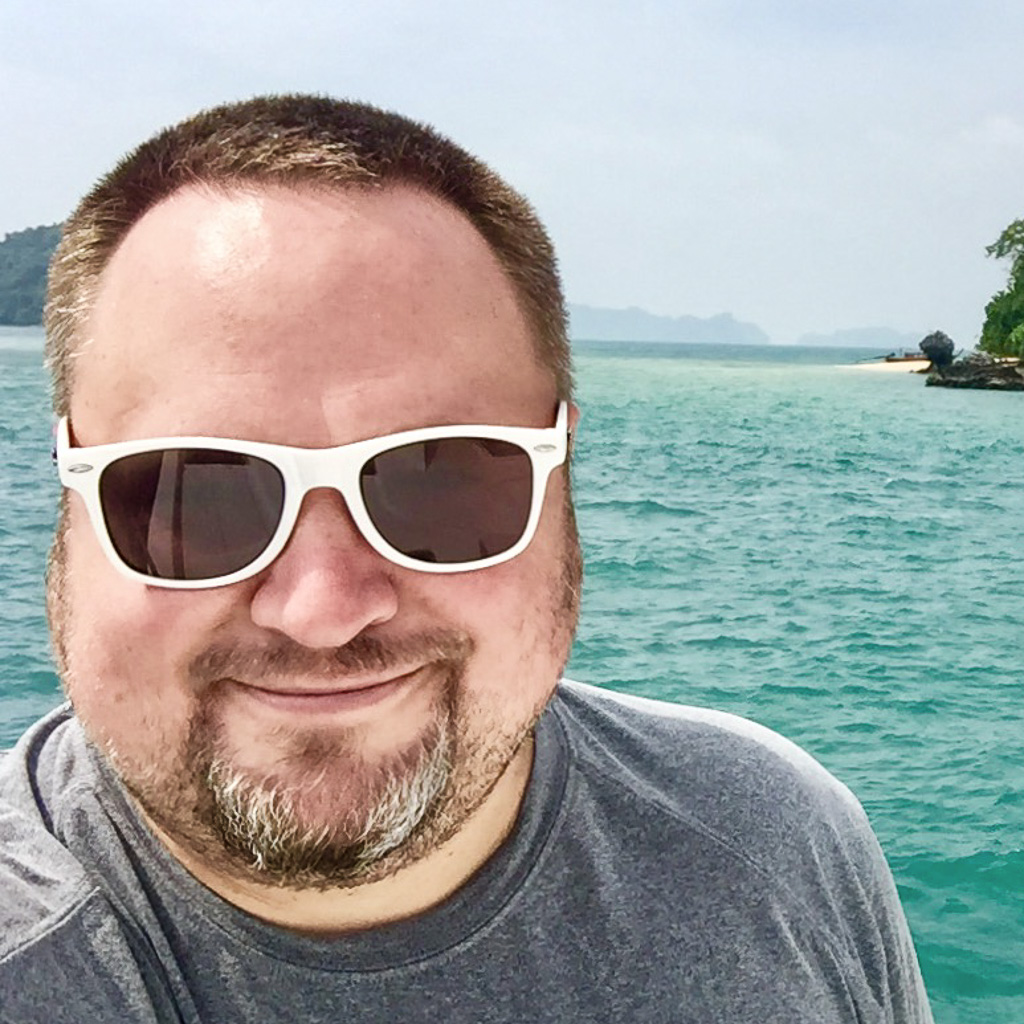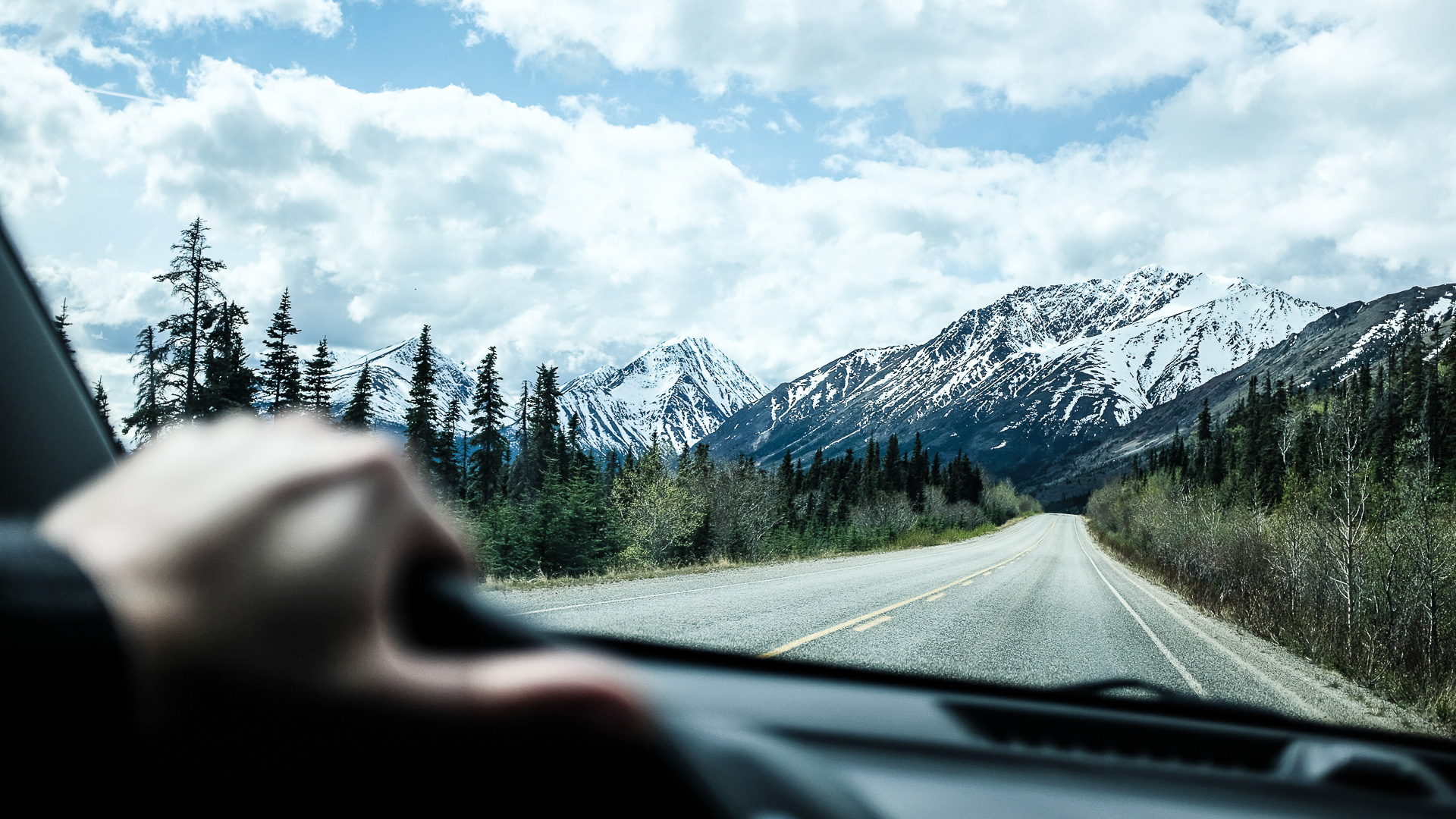
In these times of overtourism, madcap presidents, addictive gadgets, always-on working weeks, and never-ending news cycles, there are at least a few places left that allow us to experience different models for living. The Yukon is one such place, finds Oliver Pelling.
It’s not that I’m against the idea of eating porcupine. It’s more that this particular porcupine has been hunted, butchered and cooked by a 14 year old I met only yesterday.
The kid, Arthur, had to abandon the first porcupine he tried to cook this afternoon because he accidentally popped its bladder during the butchering process—a mistake that left the poor rodent marinading in its own urine. “It was just no good,” Arthur explained to me, delicately.
I’ve no doubt a chunk of porcupine, when prepared by the right chef, could be delicious (at least, edible). I’m just not sure if Arthur is that chef.


